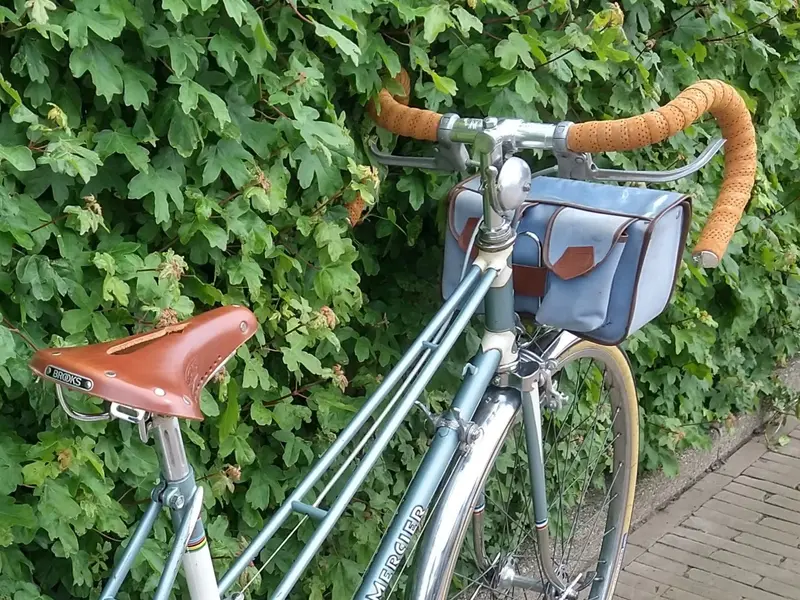Jonny69
Senior Retro Guru
Can’t answer your second question, but that style brake lever on campeur bikes allow you to have a bar bag between the drops and fully load up the front rack in front of the bars and still be able to pull the brakesQ: what is the rational behind closing up the brake levers?




